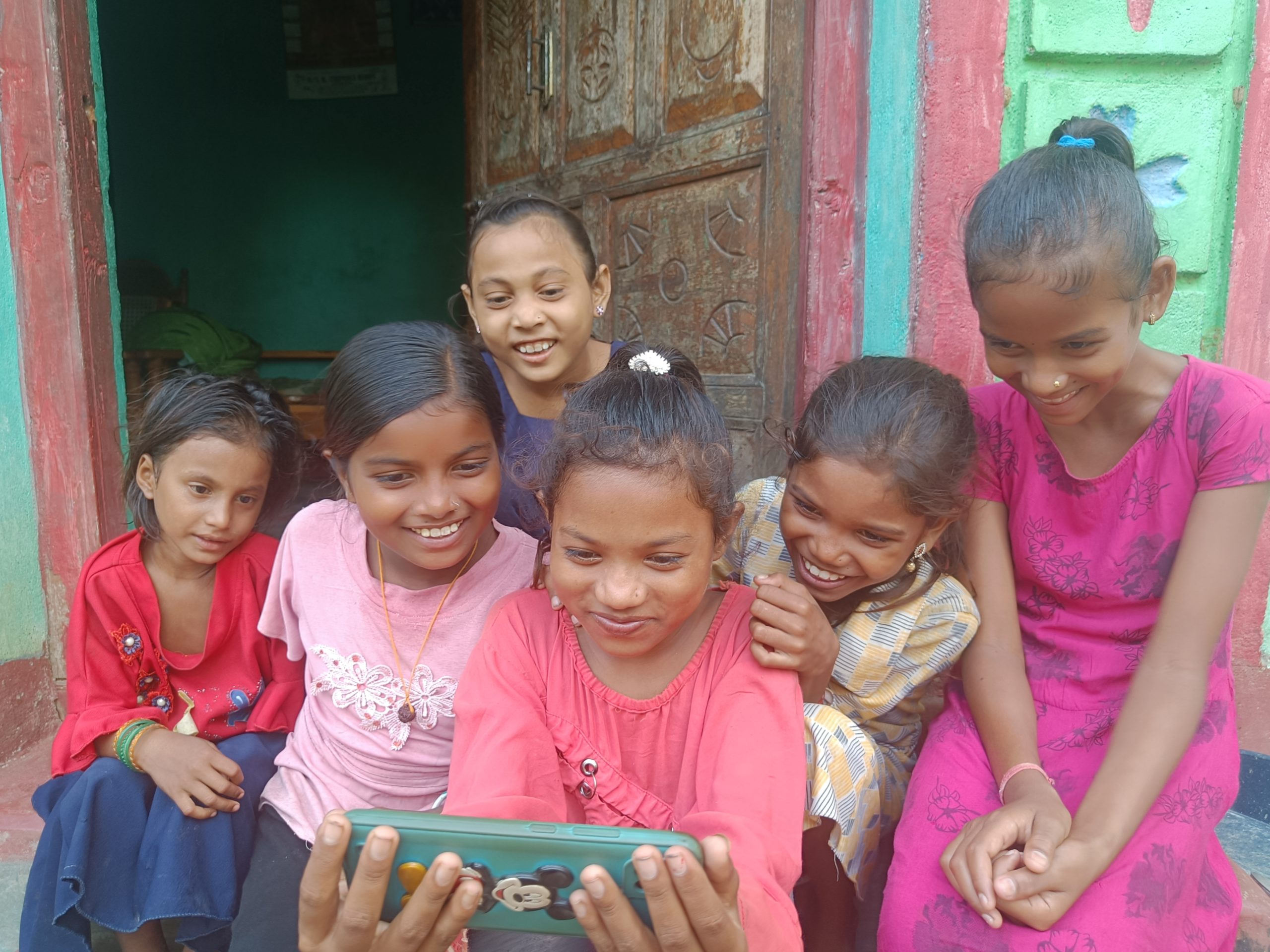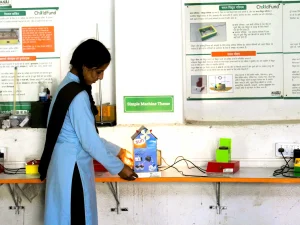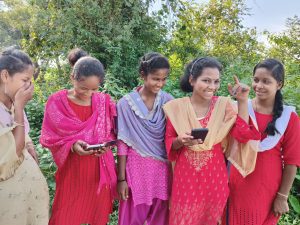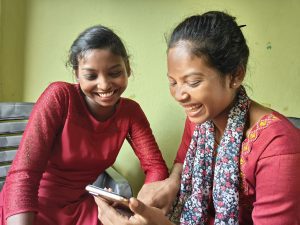The Classroom Has Gone Digital—But Is It Safe for Every Child?
From Zoom lessons to school WhatsApp groups, the way children learn has changed dramatically. But with this digital transformation comes a serious question: Are our children truly safe online?
Cyberbullying. Online grooming. Exposure to harmful content.
These threats now reach children inside classrooms, on homework apps, and even during educational YouTube sessions. Often, children don’t know how to recognize or respond to digital dangers. That’s why online safety in schools is no longer a luxury—it’s a necessity.
Real Story: Harini’s Online Confidence Began in School
Harini from Tamil Nadu didn’t just top her English class—she gained the confidence to use the internet wisely through ChildFund’s e-Saksham digital education program. Her story reflects the power of digital literacy taught early in schools. Harini now helps younger students in her village understand safe online practices.
Why Online Safety and Child Digital Rights Go Hand in Hand
According to the UN Convention on the Rights of the Child, every child deserves protection, privacy, and freedom—even in the digital world.
These child digital rights include:
- Access to age-appropriate digital education
- Protection from harmful or exploitative online content
- Respect for privacy and personal data
- The right to express themselves safely online
Schools are uniquely positioned to uphold these rights by embedding online safety education into the curriculum.
Why Schools Must Prioritize Online Safety—Right Now
1. Children Are Spending More Time Online Than Ever
Whether it’s a classroom tablet or a home smartphone, students today spend several hours daily on digital platforms,often unsupervised. Online safety programs help children navigate these spaces with confidence.
2. Digital Threats Are Growing
Predators, fake profiles, phishing scams, and mental health impacts are evolving faster than ever. Children need knowledge to recognize risks and respond early.
3. Teachers Are Trusted Guides
Often, students first confide in teachers when something feels wrong. Training educators to spot signs of online exploitation can save lives.
4. Prevention Is More Powerful Than Cure
Students who understand how to report abuse or avoid sharing personal information are less likely to become victims.
Real Story: Meera’s Journey from Vulnerability to Advocacy
In Rajasthan, Meera was once a child labourer. Today, she’s a child rights advocate. Her transformation began when she was educated about her rights, including digital safety. This shows that education,especially in schools,is the first line of protection.
What Online Safety Education Can Look Like in Schools
Incorporating online safety doesn’t require fancy software—it begins with open dialogue and targeted training.
A comprehensive school program should include:
- Age-appropriate digital safety lessons
- Teacher training modules on recognizing digital risks
- Classroom activities on empathy, cyberbullying, and privacy
- Role-plays to help students practice saying “no” or reporting threats
- Parent guides on digital safety conversations at home
Real Story: Books and Digital Skills Empower Young Readers
In Odisha, ChildFund’s “Books, My Friends” literacy campaign introduced children to both reading and safe technology use. For many students, their first brush with the internet happened in school. Because it was guided by trained teachers, it became a tool for growth,not danger.
How ChildFund India Champions Online Safety in Schools
ChildFund India integrates online safety education through:
- Digital literacy programs in rural and urban schools
- Teacher training on identifying signs of digital abuse
- Community awareness workshops for caregivers and youth leaders
- Partnerships with child protection units, ASHAs, ANMs, and law enforcement to strengthen school-community protection chains
In Odisha, initiatives like the CWBC Child Rights Program help schools embed child rights,including digital ones,into everyday teaching.
Real Story: Nandini Leads with Digital Awareness
In Madhya Pradesh, Nandini became a youth leader trained by ChildFund. She uses her digital skills to educate other students in her community on safe online practices—proving how schools can be launchpads for peer education.
Final Thoughts: Safety Is the Foundation for Learning
Children can only learn and grow when they feel safe. Online safety in schools is not about policing the internet,it’s about empowering children to make informed choices.
By embedding digital awareness into education, schools prepare students not just for tests but for life.
“When we teach children to stay safe online, ,we’re protecting dreams.”






